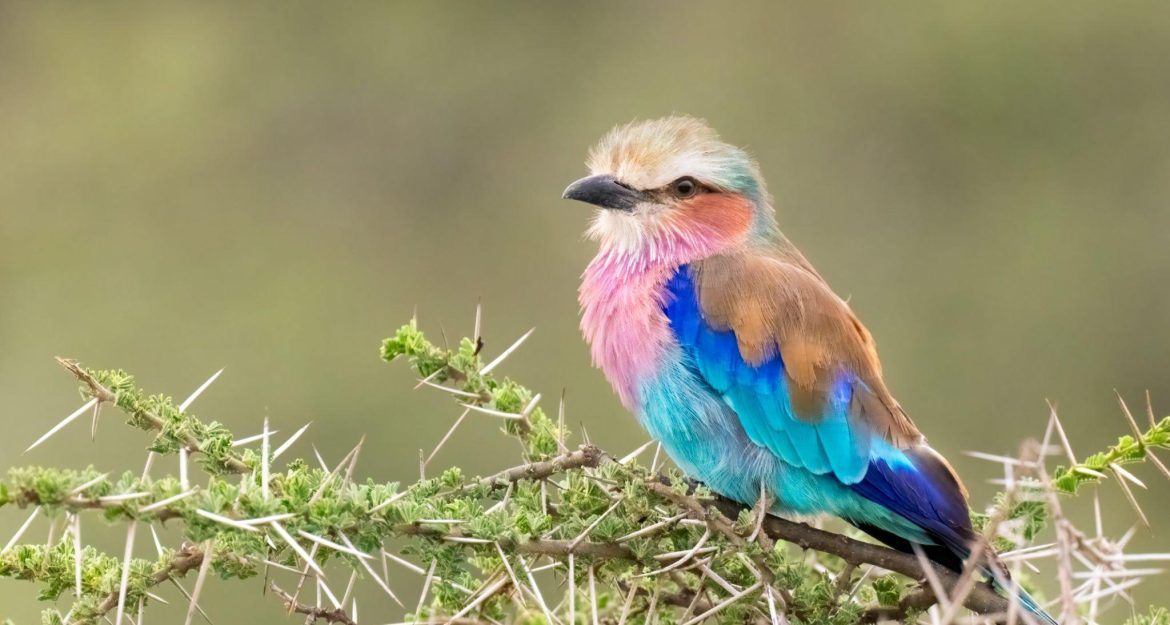- Home
- Safaris
- Volunteering
- Responsible Trips
- Faq’s
- Cost of Tanzania Safari
- Is it Safe to Visit Tanzania?
- When to Visit Tanzania
- How to book a Tanzania Safari?
- Vaccinations for Tanzania safari
- Booking Flights
- Sustainable Travel in Tanzania
- Why Travel to Tanzania?
- Meals during a Tanzania safaris
- Tanzania Visa Information
- Responsible Travel in Tanzania
- Toilets on Safari
- Recommended duration for a safari in Tanzania
- What to wear during a Tanzania Safari
- Information About Tipping during Tanzania safari
- Which is the cheapest safari?
- About us
- Contact
- Share a Home with us
What better way is there than to spend time watching birds chirping around as you also enjoy your safari in the wild. Bird watching is such an underrated activity and birds are simply just incredible creatures that play a huge role in the wildlife system. Well, if you have thought about doing it, we are here to help.

What is Bird-Watching?
First of all, we have to start by making sure that you know what you’re getting yourself into. Bird-watching is an activity that involves the observation of birds in their natural habitat. It is more of like a game drive, but instead of animals around, just a couple of birds. The thing is, you can always opt to specifically focus on the bird sighting on its own or have a game drive and watch the birds at the same time.
When is it done?
Usually, the best time for bird-watching in Tanzania would be around early March toward the end of May. This is usually during the wet season and the birds fly in from different parts of the world for a warmer tropical climate. This however, doesn’t mean that bird-watching is not possible to see during the other times of the year. It just insists on the variety that exists during each time.
What do you need?
Well, technically, the first and most important tool of all would be the binoculars. This allows better sighting of the birds that are from a distance. If you are keen on photography, and you would definitely want to keep the photos of these beautiful birds, then a high lens camera would be an essential tool here. You might also need a book guide to help you identify the birds; which your driver will carry around for you.
Where can it be done?
A question that I am certain that you have been keen to know. Of course, anyone interested in bird-watching would want to visit the parks with the best possibilities in terms of species and numbers of the birds. Here, we will list the best places that we think will work for you!
i) Lake Manyara National Park.
Lake Manyara is a park that boasts its natural vegetative cover therefore it definitely serves the purpose of what the birds need. Having so many tree species, it acts as a habitat for more than 400 bird species. The main birds that you will observe would be the pink backed flamingos and black herons.
ii) Tarangire National Park.
A hidden gem that is known for the presence of herds of elephants. Its magnificent location is no doubt one of the main reasons for bird attraction. It has over 550 species with Guinee folds, Pelicans and Ostriches being among them.
iii) Arusha National Park.
This small but mesmerizing park has every right to belong in the list of places with the best bird-watching sights. It has the presence of Momela lake which holds a beautiful sight when the flamingoes align themselves by the lake shore. It is famous for its pink flamingoes and has over 350 species of birds.
iv) Serengeti National Park.
The very odd thing about this being one of the best choices is the fact that it is plain that is filled with mostly scattered shrubs and trees. Serengeti has an abundant existence for wild animals and birds too! The circle of life needs them and of course, we take that to our advantage. It holds over 500 birdsspecies with vultures and the Secretary birds being the most common birds around.
v) Ngorongoro Conservation Area.
A beautiful gem; and even considered a Wonder of the World by others, boasts the presence of over 500 species of birds. Ngorongoro is an area that has allowed human habitation that have learned to live in harmony with the wildlife. The most frequent birds that are sighted here would be the Secretary Bird and Hildebrandt’s Starling.
vi) Ruaha National Park.
Ruaha is one of the most unique parks in Tanzania and has over 350 species. The park is quiet, untouched and very exquisite in the sense that people do not give much credit for it. Ruaha National Park is known for having over 350 bird species and is famous Ruaha Red-Billed Hornbill.
